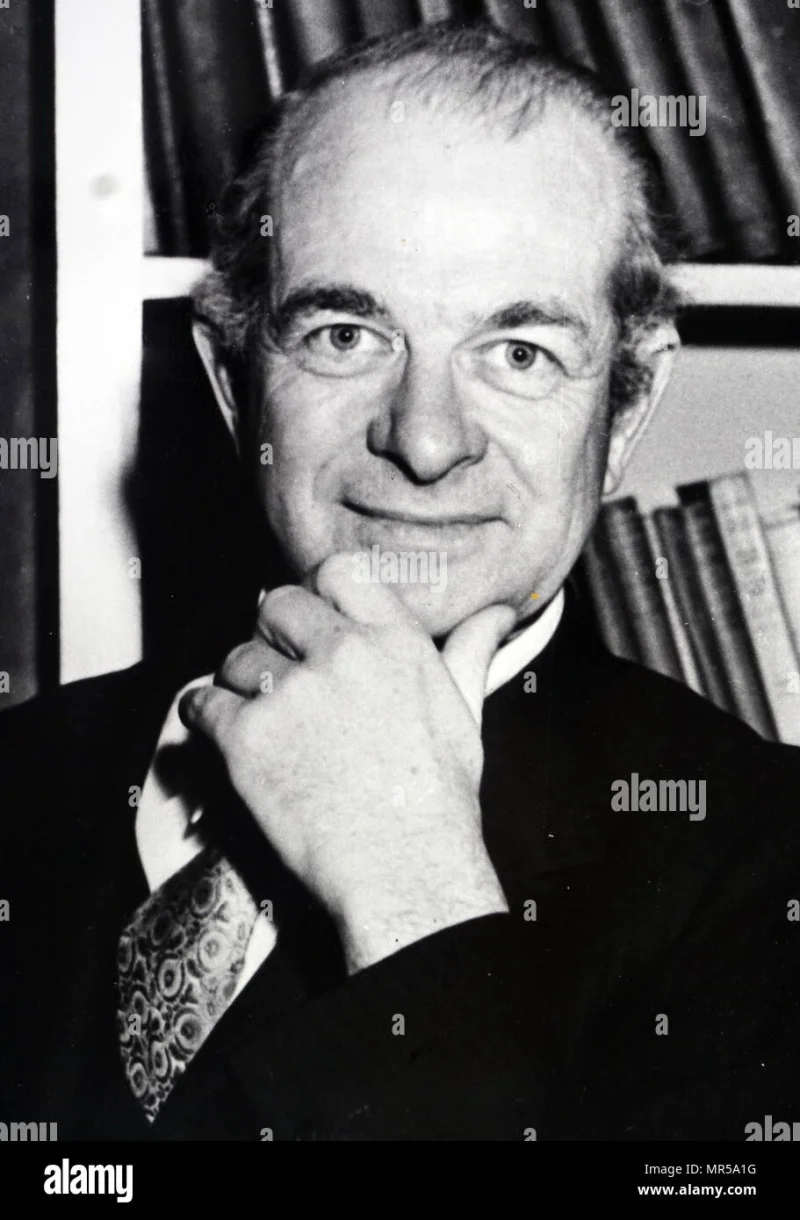Short Summary
Emil Fischer was a distinguished German chemist renowned for his groundbreaking work in the field of organic chemistry. He is most famous for his studies on the structure and function of sugars and purines, which earned him the Nobel Prize in Chemistry in 1902. Fischer's work laid the foundation for modern biochemistry and significantly advanced the understanding of chemical structures and reactions. His contributions have had a lasting impact on both scientific research and practical applications in various industries.
Early Life & Education
Emil Hermann Fischer was born on October 9, 1852, in Euskirchen, Germany, to a family involved in business. His father, Laurenz Fischer, was a successful businessman, which allowed Emil access to quality education. He attended the University of Bonn, where he initially studied business before switching to chemistry, inspired by his interest in the sciences. Fischer later transferred to the University of Strasbourg, where he completed his Ph.D. under the guidance of Adolf von Baeyer in 1874. His early exposure to chemistry and his academic environment played a crucial role in shaping his future career.
Career Highlights
After completing his Ph.D., Emil Fischer began his academic career as a lecturer at the University of Munich. He soon moved to the University of Erlangen, where he conducted significant research on the synthesis of sugars and purines. In 1888, Fischer was appointed as a professor at the University of Würzburg, and later, in 1892, he joined the University of Berlin. During his tenure, he developed the Fischer projection, a method to represent three-dimensional structures of molecules. His research not only advanced the understanding of carbohydrates and nucleic acids but also influenced the development of pharmaceuticals and biochemistry.
Major Achievements
- Developed the Fischer projection, a pivotal tool for representing molecular structures.
- Received the Nobel Prize in Chemistry in 1902 for his work on sugar and purine synthesis.
- Advanced the understanding of enzyme reactions, particularly with his lock-and-key hypothesis.
- Contributed to the synthesis of barbiturates, influencing the pharmaceutical industry.
- Authored numerous scientific papers that guided future biochemical research.
Famous Quotes
- "Chemistry is a science of observation, not of imagination."
- "The structure of molecules is as important as the words in a language."
Interesting Facts
- Fischer's work on purines led to the discovery of caffeine and uric acid.
- He was an advocate for the education of women in science during his time.
- Emil Fischer's son, Hermann Fischer, also became a notable chemist.
- He was known for his meticulous experimental methods and attention to detail.
- Fischer was knighted by the German Empire in recognition of his scientific contributions.
Legacy / Influence
Emil Fischer's pioneering work in organic chemistry has had a profound impact on the field, particularly in biochemistry and pharmacology. His research on sugars and purines laid the foundation for understanding genetic material and metabolic processes. The Fischer projection remains a vital tool in stereochemistry, and his contributions continue to influence scientific research and industrial applications globally. Fischer's legacy endures through the generations of chemists and biochemists who build upon his foundational work.
FAQ
Q: Why is Emil Fischer famous?
A: He is famous for his groundbreaking research on sugars and purines, which earned him a Nobel Prize in Chemistry.
Q: What is the Fischer projection?
A: It is a method developed by Fischer to represent three-dimensional molecular structures on a two-dimensional plane.
Q: Did Emil Fischer contribute to pharmaceuticals?
A: Yes, his research on barbiturates significantly impacted the pharmaceutical industry.
Q: What was his early influence in chemistry?
A: His education and mentorship under Adolf von Baeyer played a crucial role in his interest and success in chemistry.












